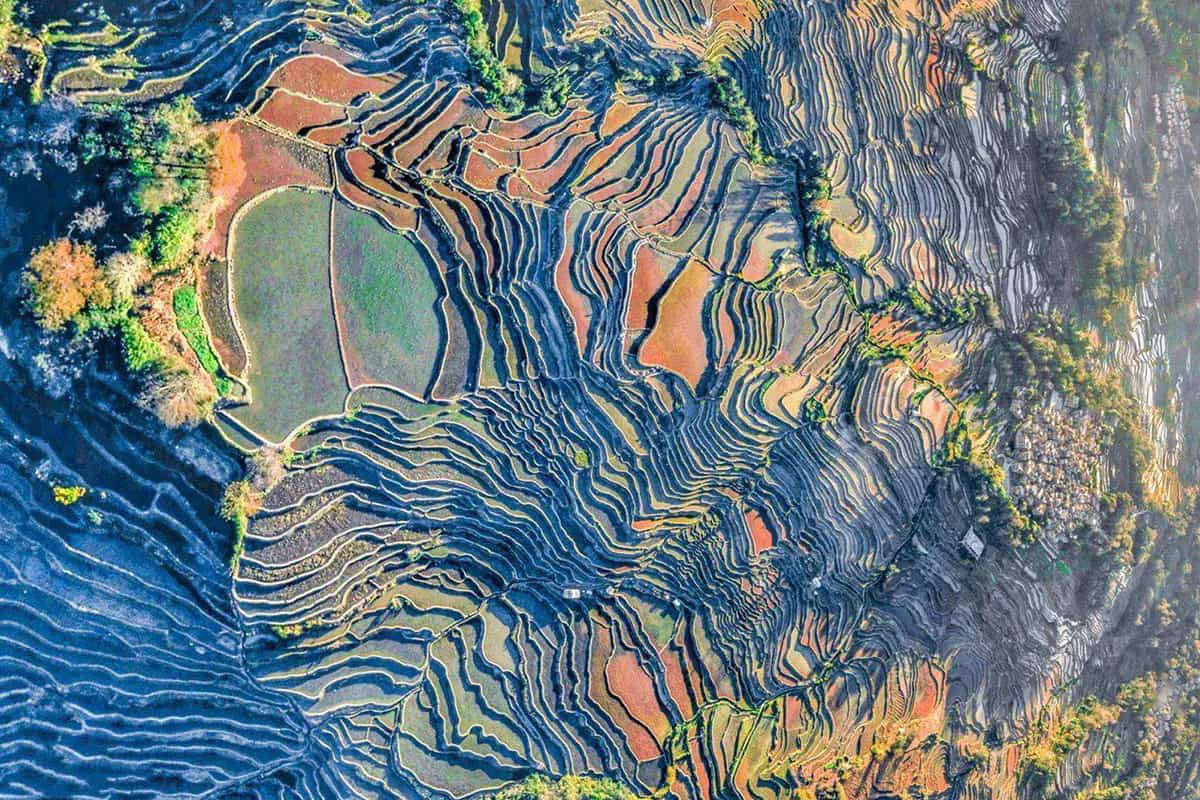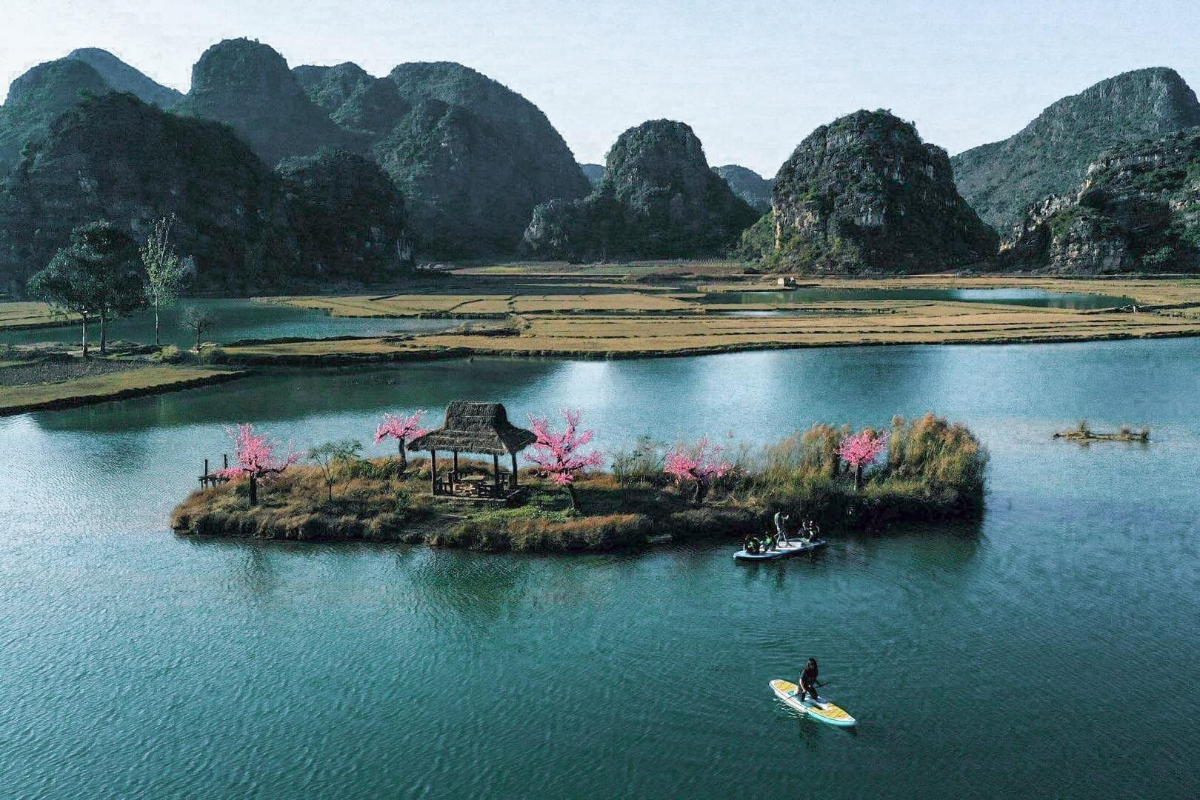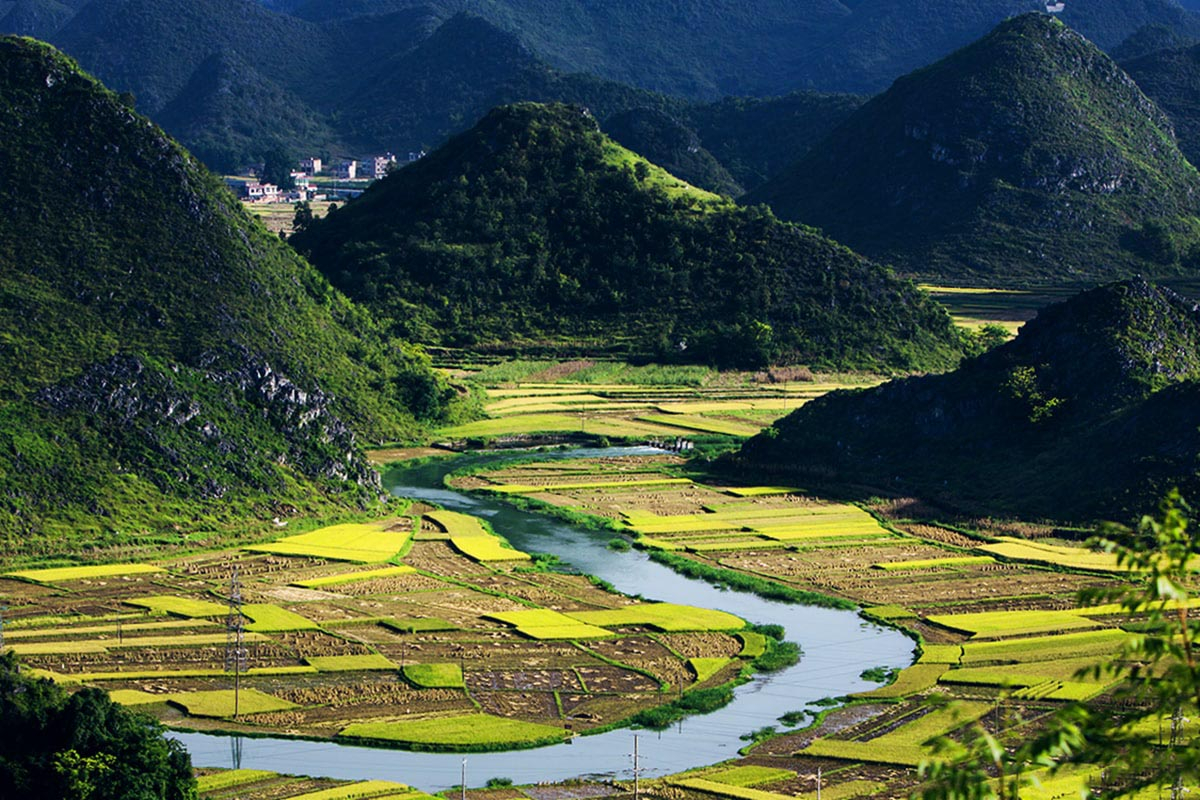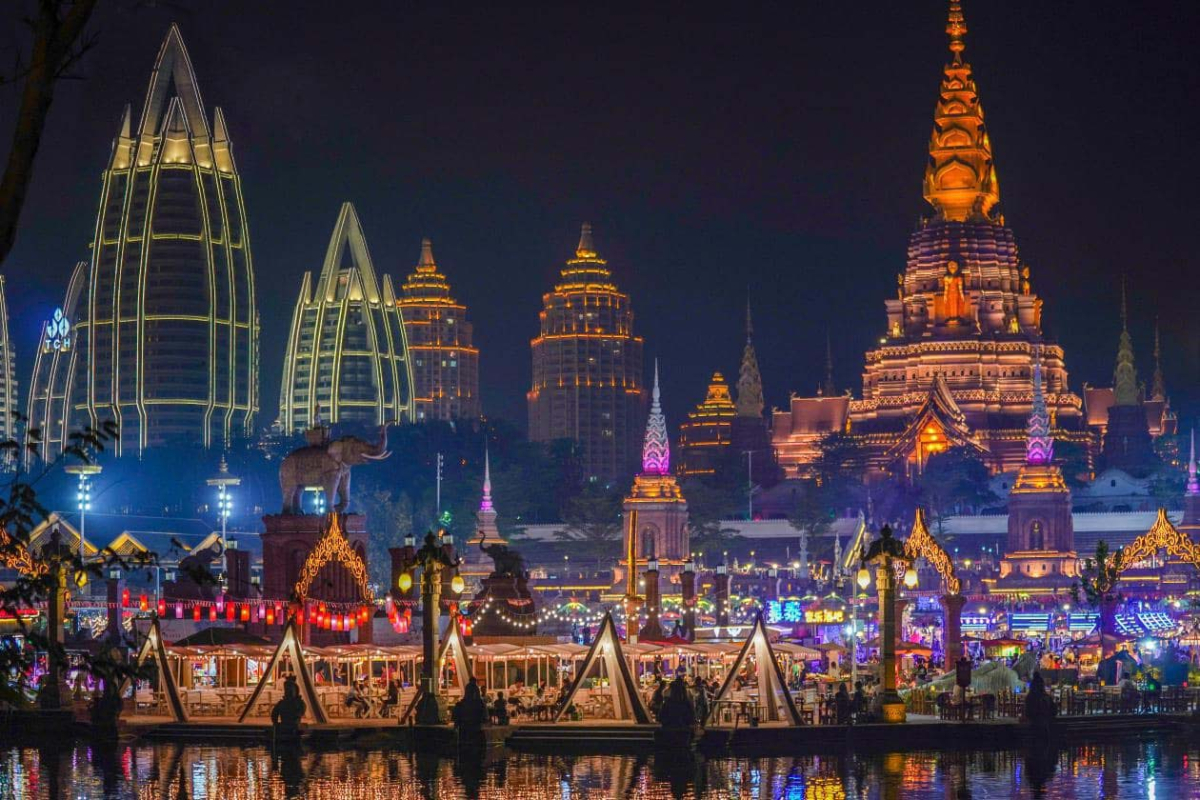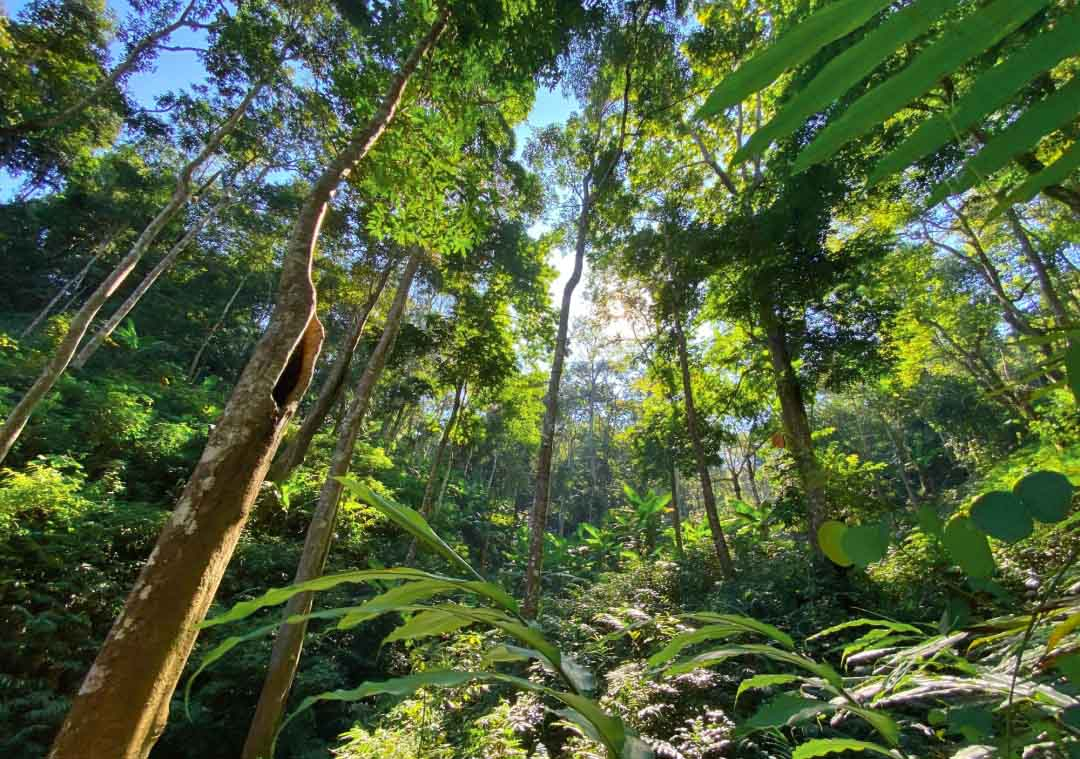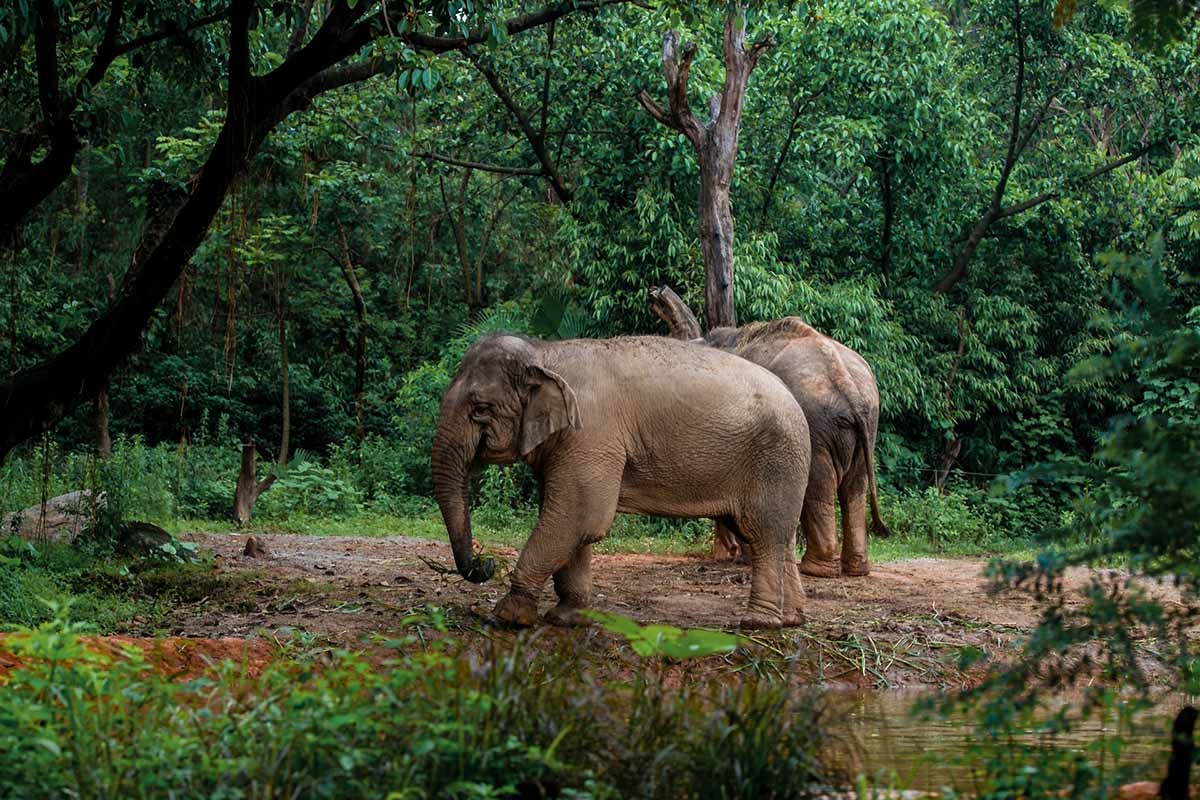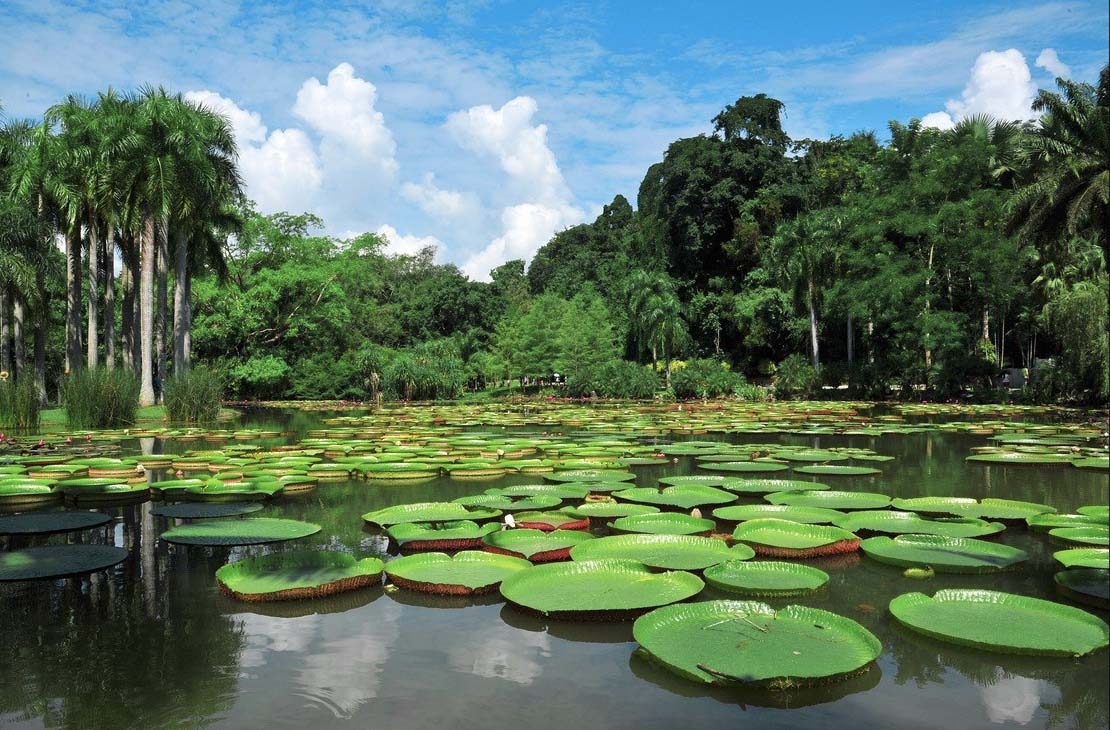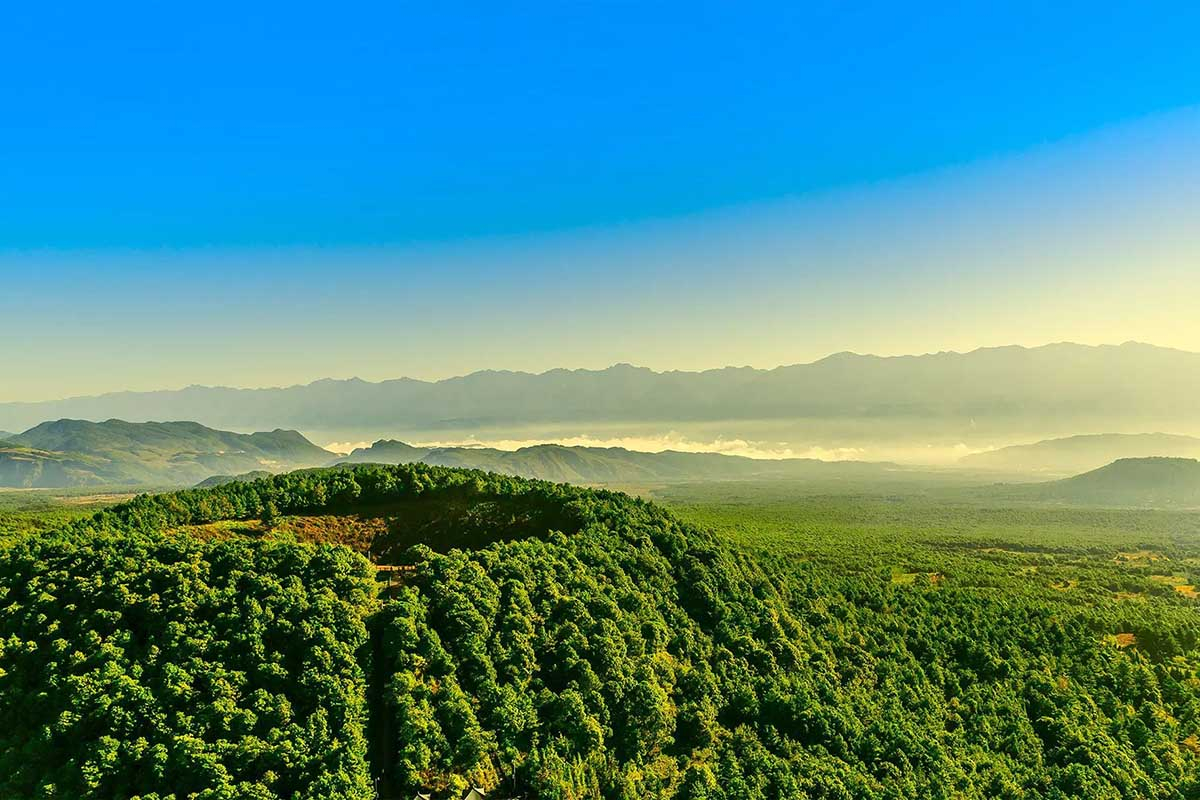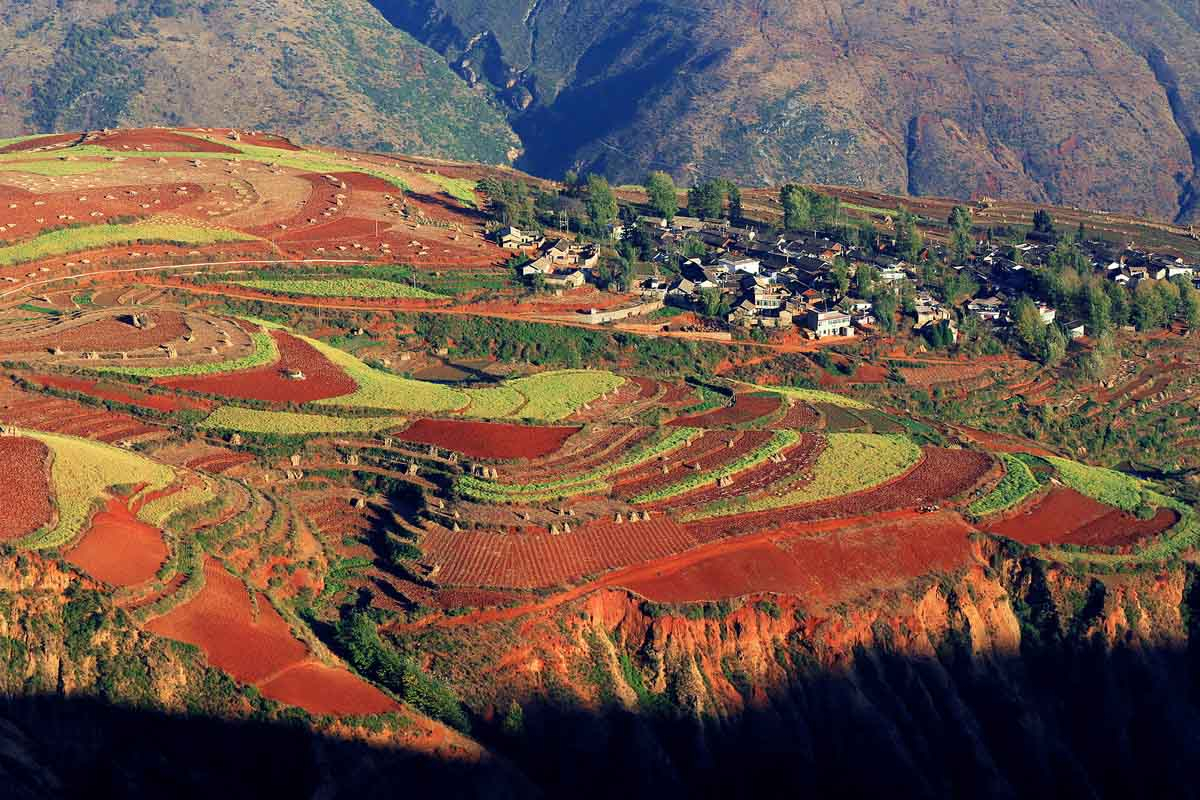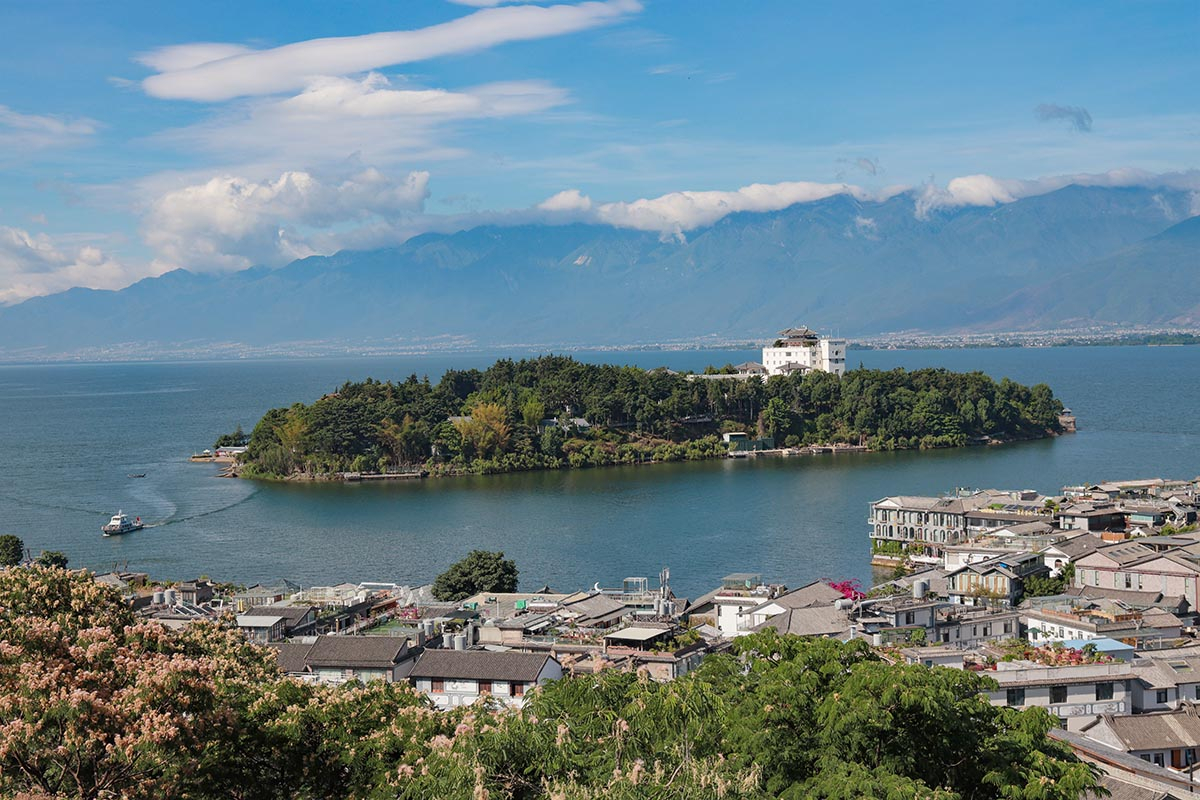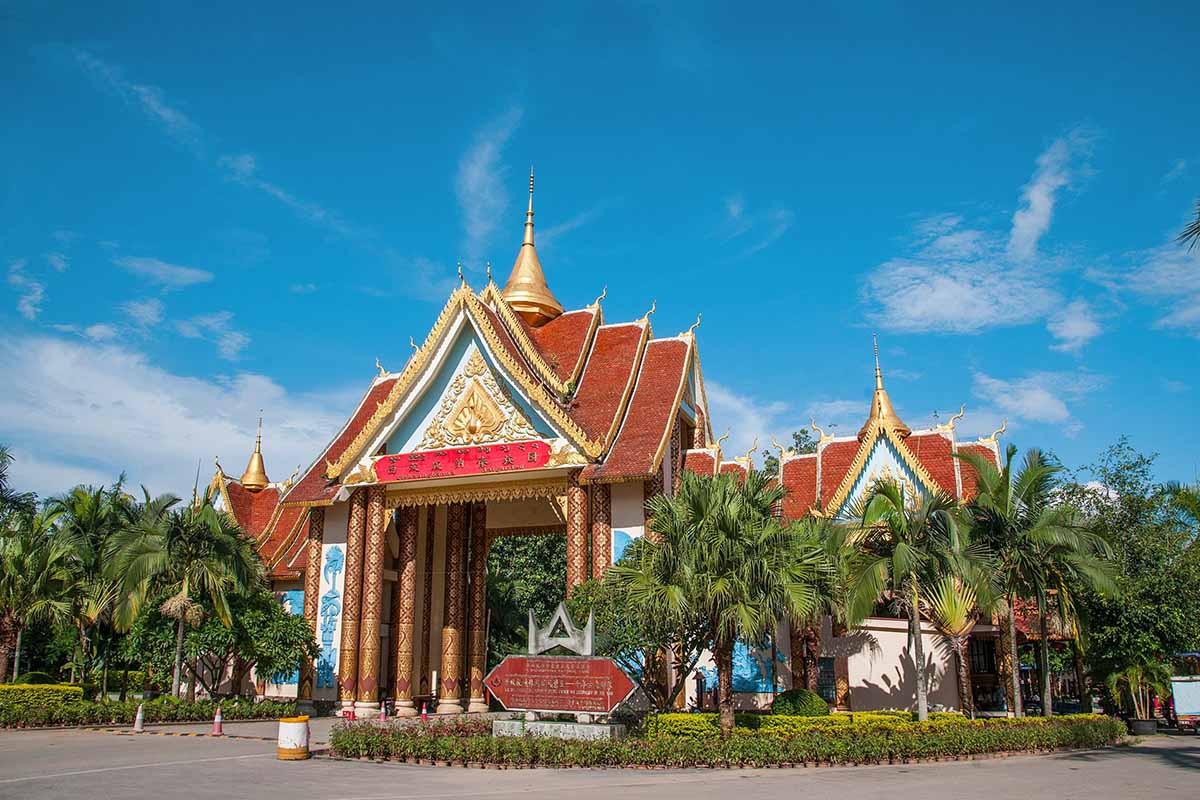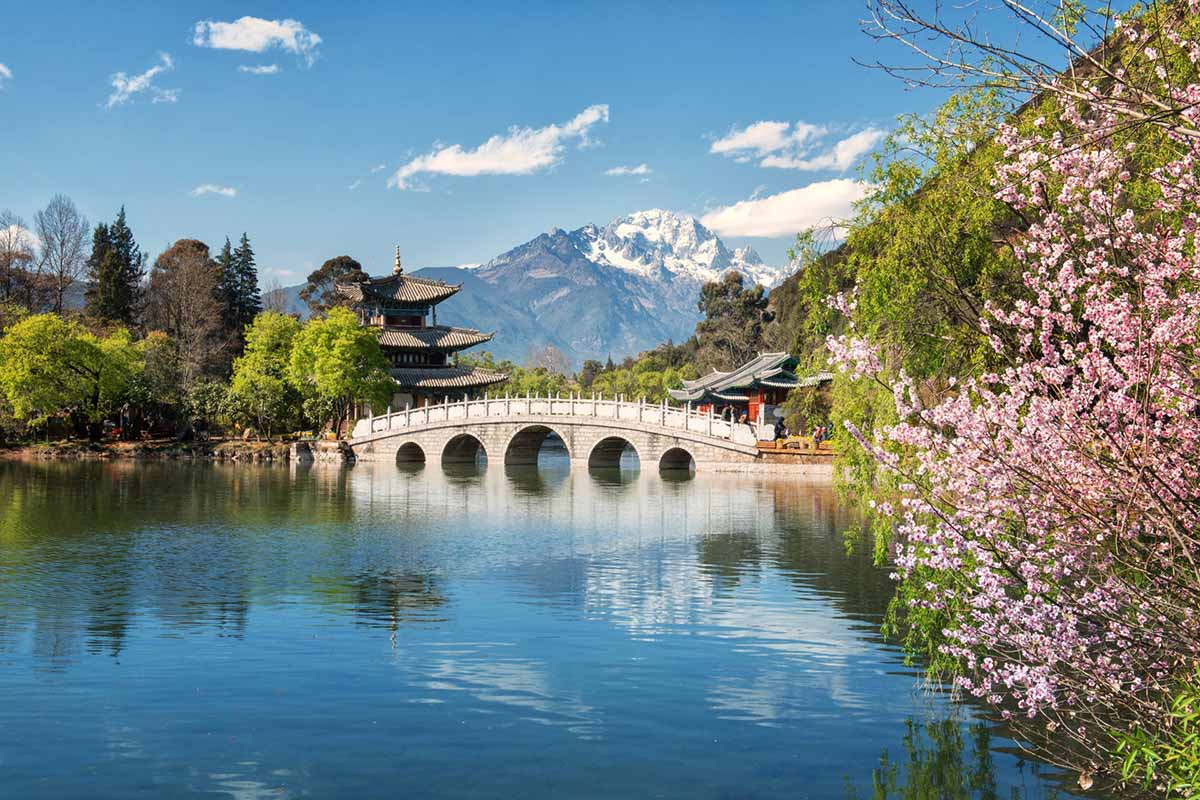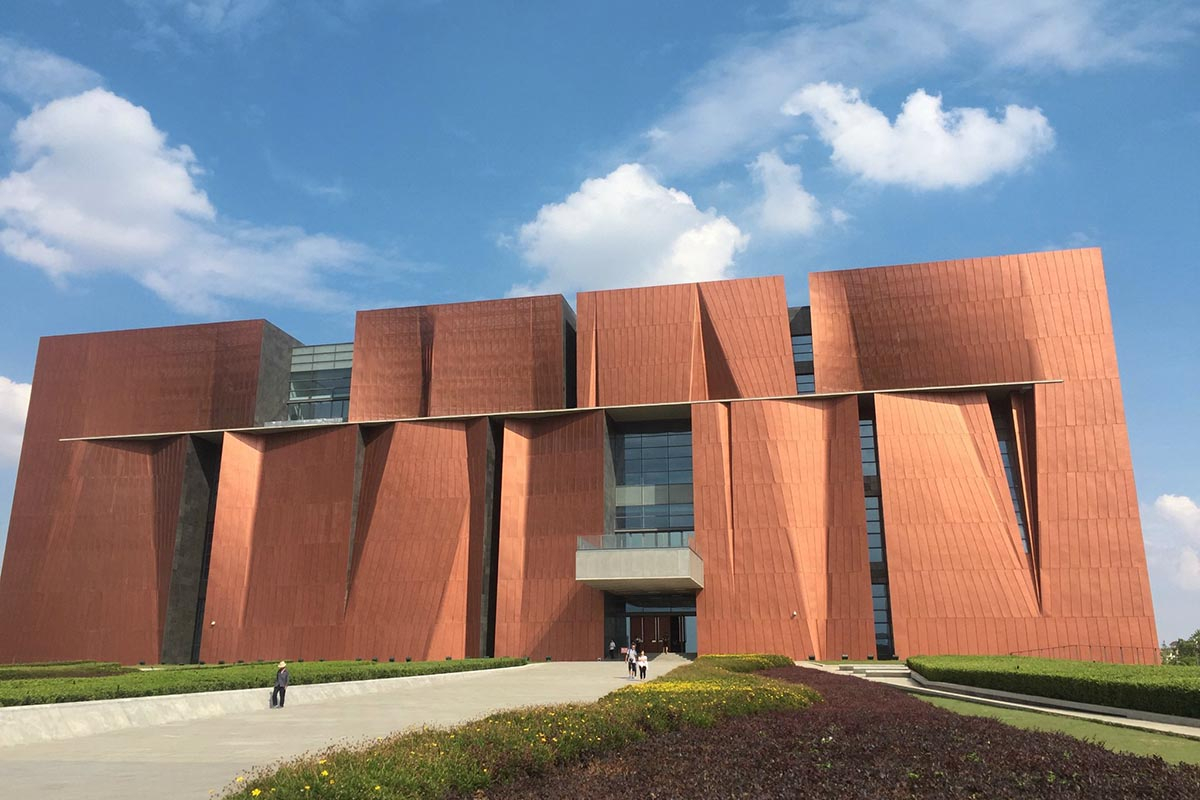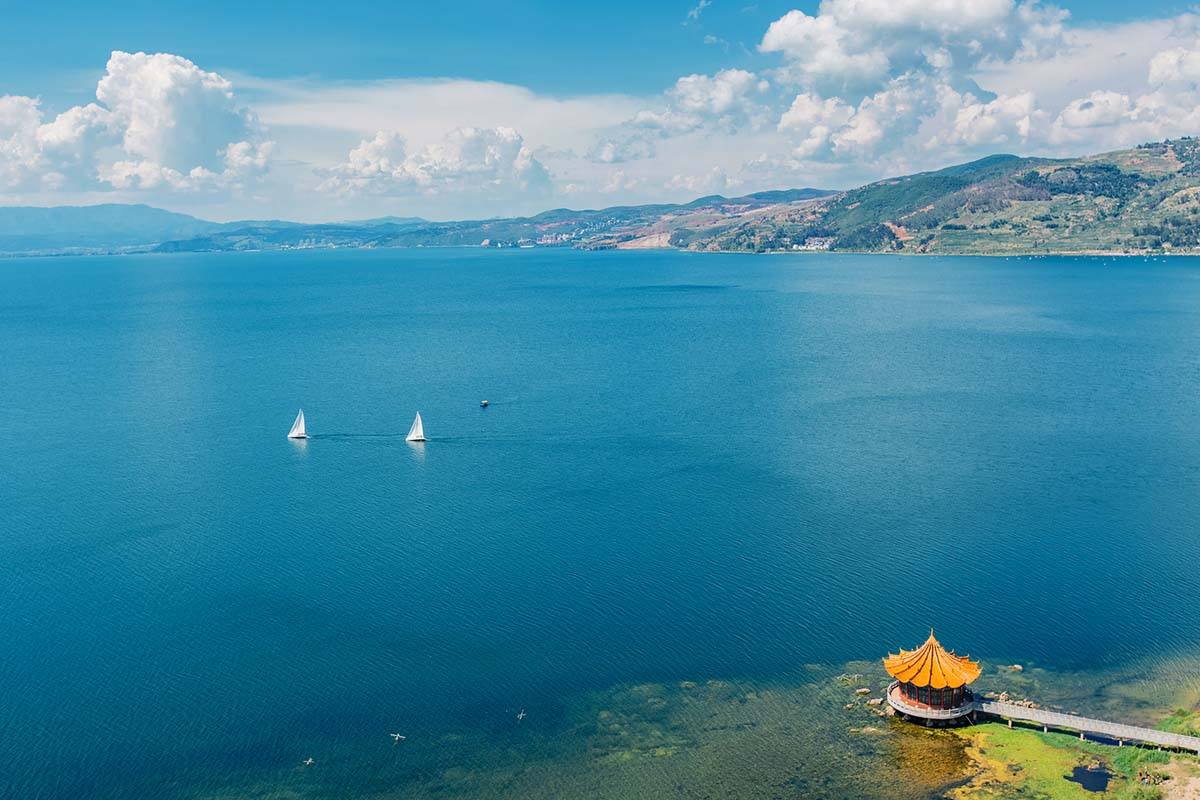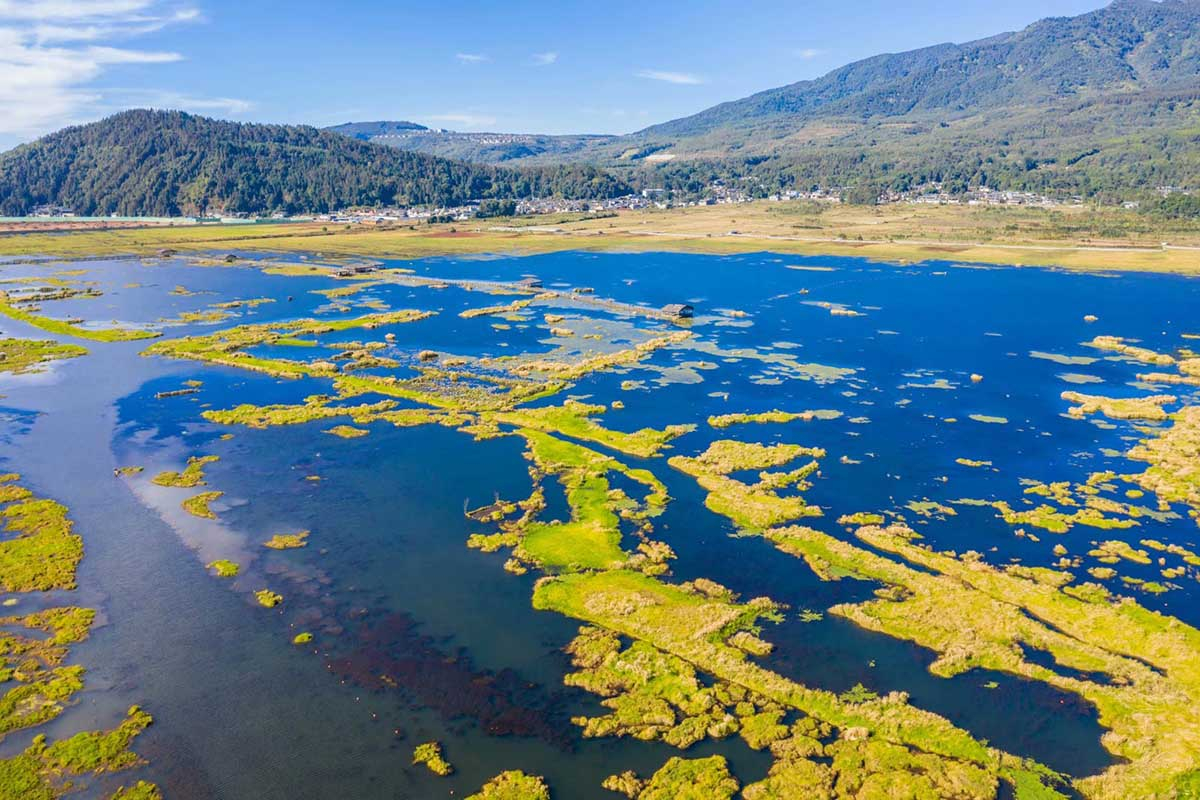Heshun Ancient Town
Chinese name: 和顺古镇(He Shun Gu Zhen)
Location: 3km west of Tengyue town, Tengchong city, Yunnan
Ticket: Entrance ticket CNY55.00
Estimated time of tour: Half day to One day
Recommended time of visit: all year round
Nearby attractions: Beihai wetland Park, Tengchong Volcanic Geo Park, Rehai Hot Spring,Mt. Gaoligong National Reserve,The Ginkgo Village of Tengchong, Dianxi Anti-Japanese War Memorial Hall Graveyard of National Heroes,etc.
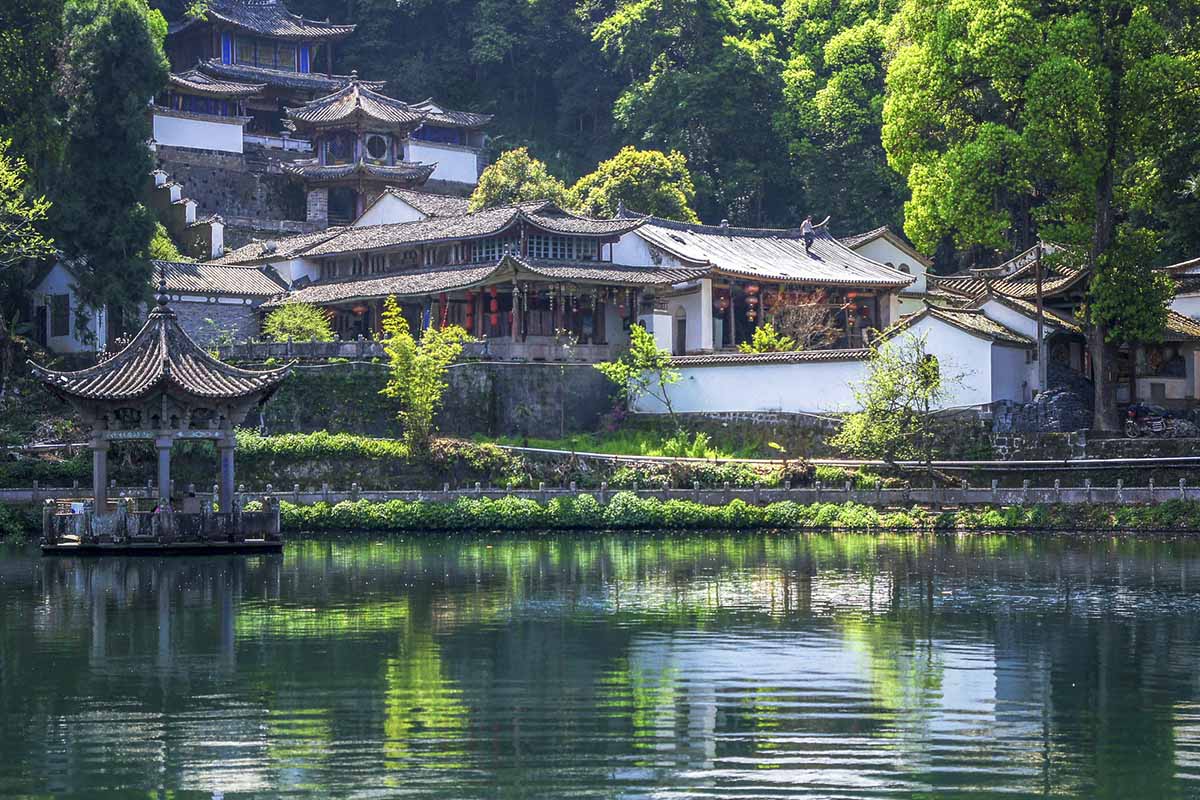
Heshun ancient town is located in the southwest of Tengchong City, Yunnan Province. Heshun literally means gentle and amiable in Chinese, which is quite a snapshot of the local residents in this ancient town. The history of Heshun started in Ming dynasty. The early residents were military personnel who were assigned to border regions to reclaim land and farm crops. This land granting system, known as Juntun in Chinese, has been working for centuries as means to stabilize boarder regions. During the reign of Emperor Zhu Yuanzhang, more military immigrants arrived from nowadays Anhui Province and Jiangsu Province. Unlike some of towns in southwest China with strong ethnic and exotic features, Heshun inherited much of architectural style that of Han people, particularly from Jiangnan area, the affluent regions of China along Yangtze River estuaries.
This town covers an area of 17.4 square kilometers with 2246 households and 7000 resident. Interestingly more than 30,000 people with Heshun origin are now living in overseas countries, mostly Myanmar, Thailand, USA and Canada. This town is only 70km to the boarder of Myanmar. Many of its residents started jade trade in Myanmar. Some went further and ventured into India. For 4 centuries, people of Heshun have been living and doing trades in overseas countries. It has become a tradition for people of Heshun to explore foreign countries.
Some made a fortune and returned home, building courtyards and family shrines in Heshun. They also bring culture diversity to this small town. Houses with European, Indian and Southeast Asian styles began to immerge.
Apparently, the architectures in Heshun are the ones that attract many visitors each year. It is called living fossil of architectures. Many buildings were set up during Ming and Qing Dynasties.
War Museum is another interesting site. Tengchong is strategically located between China and Myanmar. It is hard to believe that this tranquil town was, In World War II, the hot spot between ally forces and Japanese forces. Chinese army together with American and British troops launched attacks on Japanese troops that stationed in Myanmar. This museum was built to pay respect to war heros.
- HOTEST
- RECOMMEND
